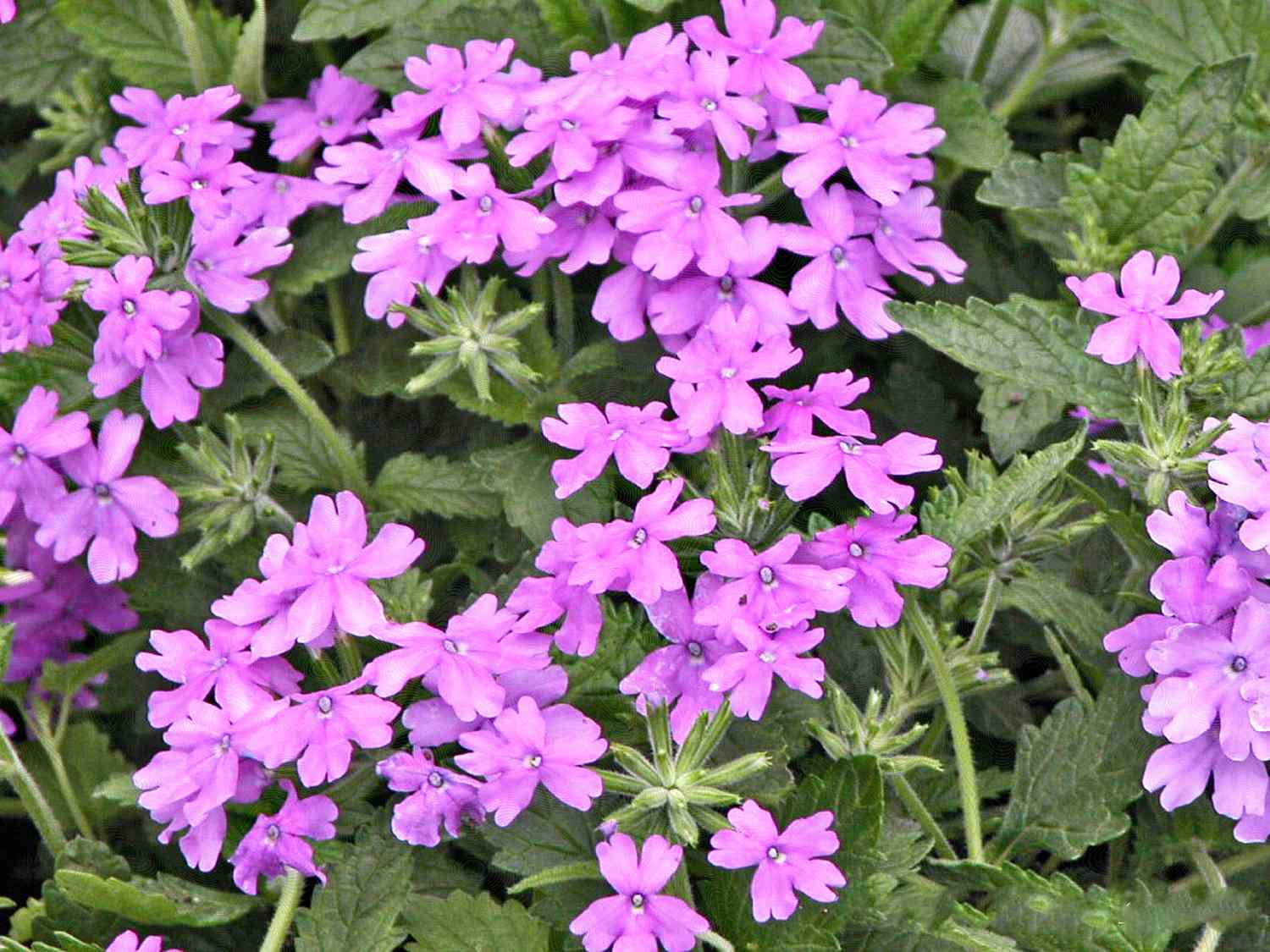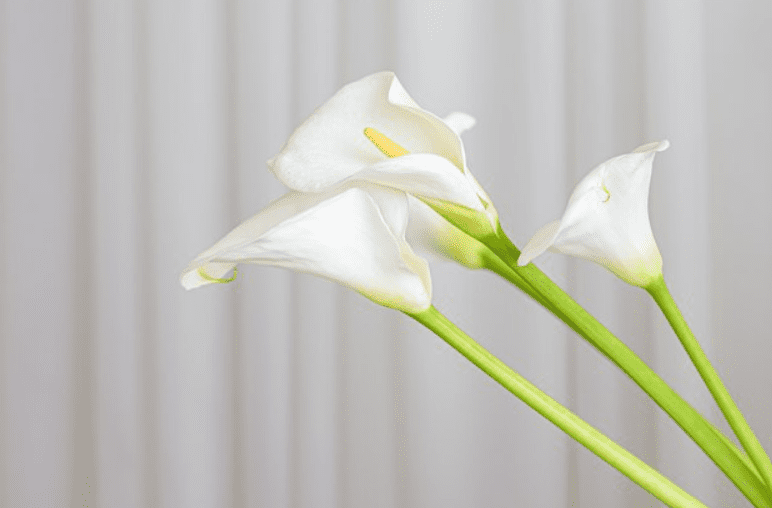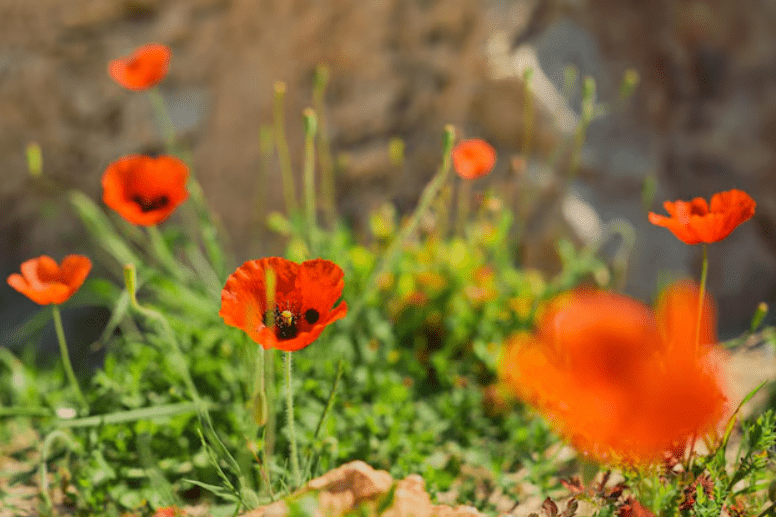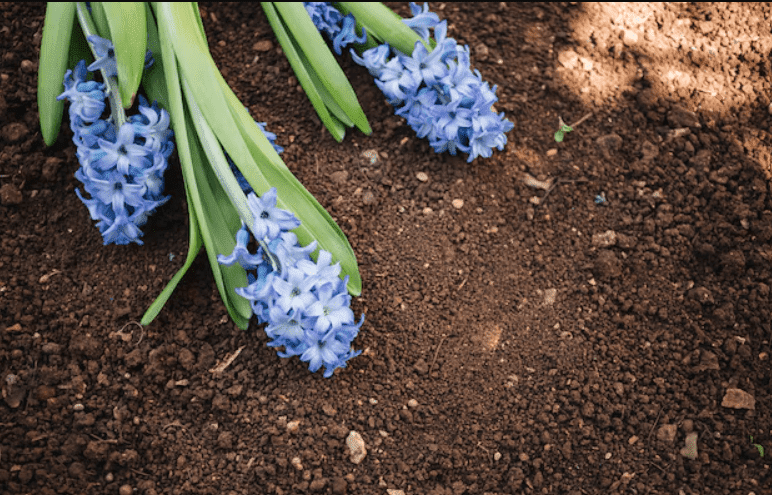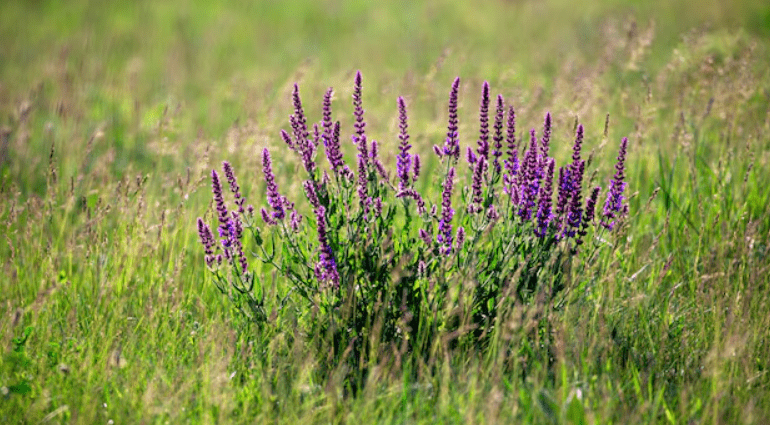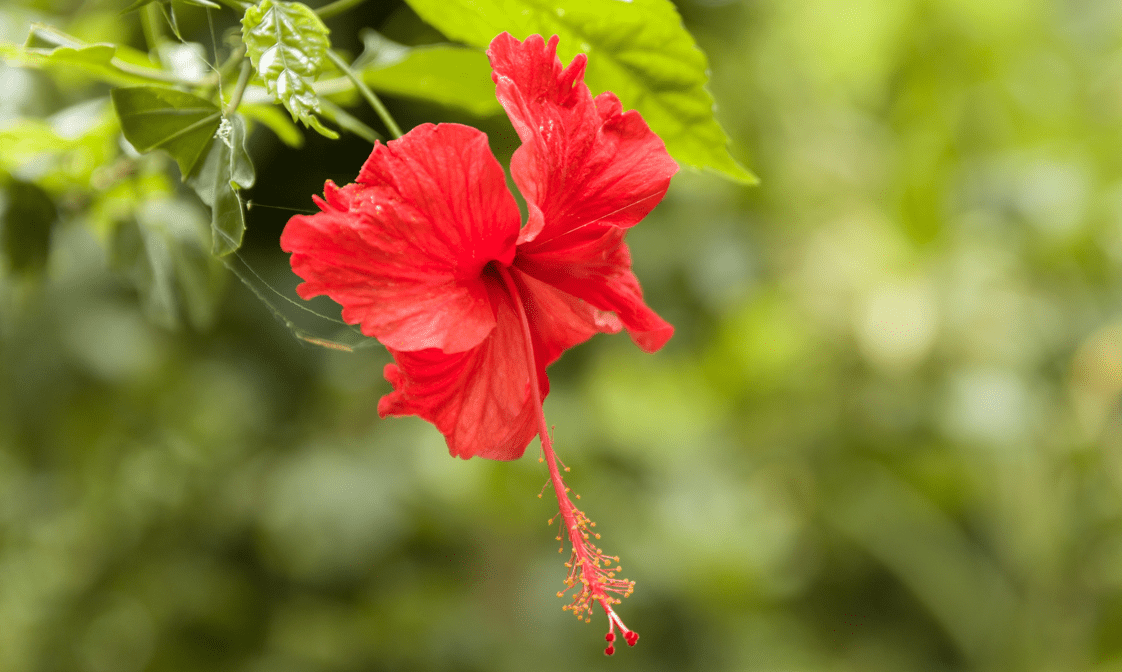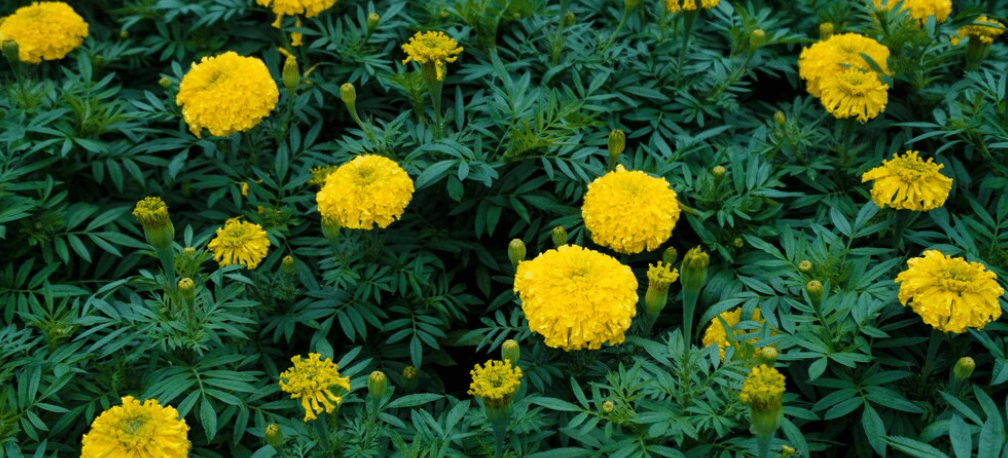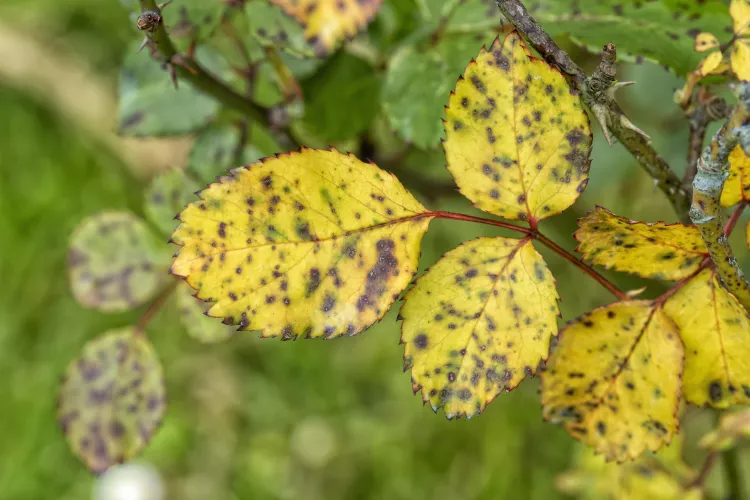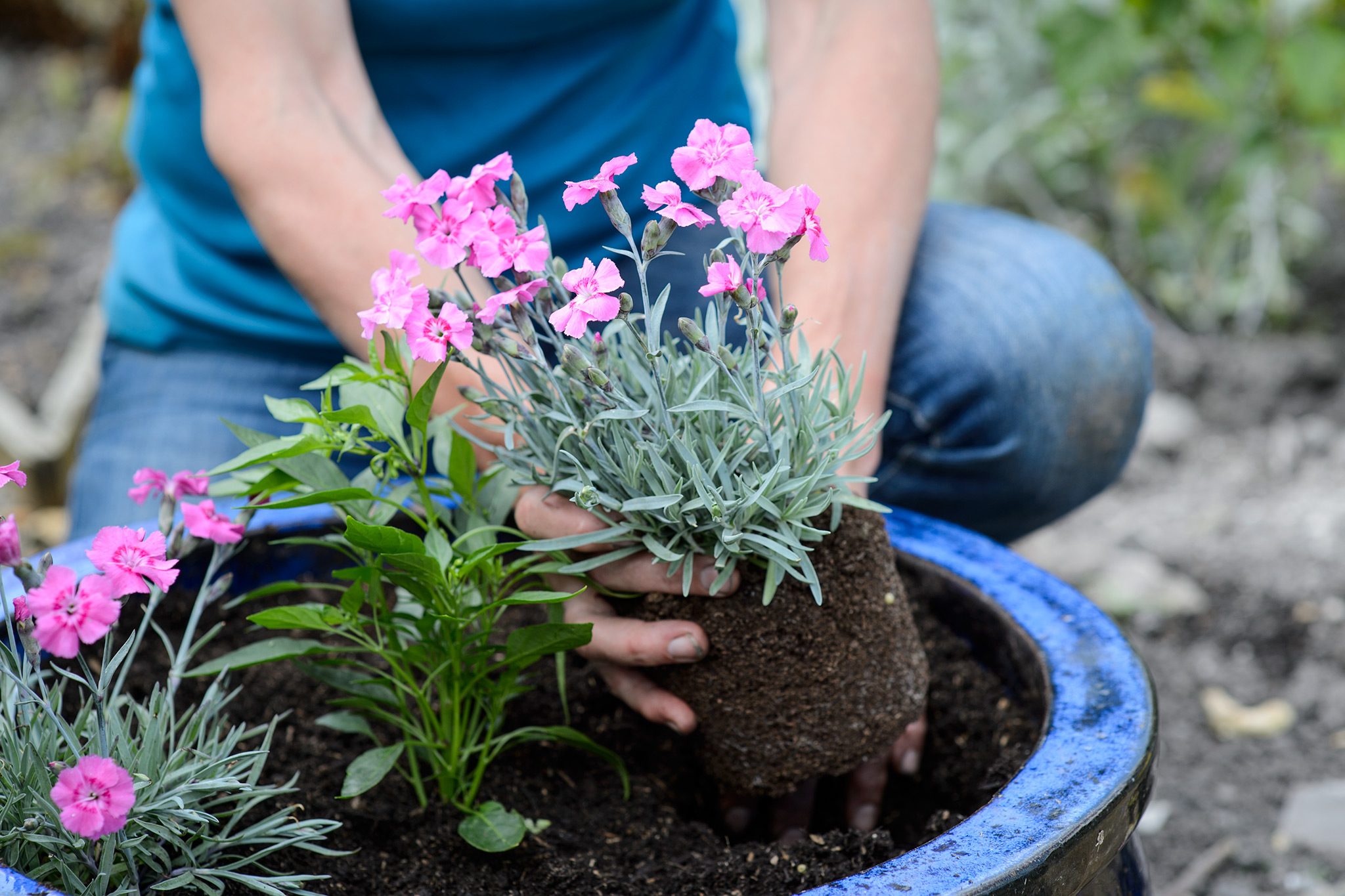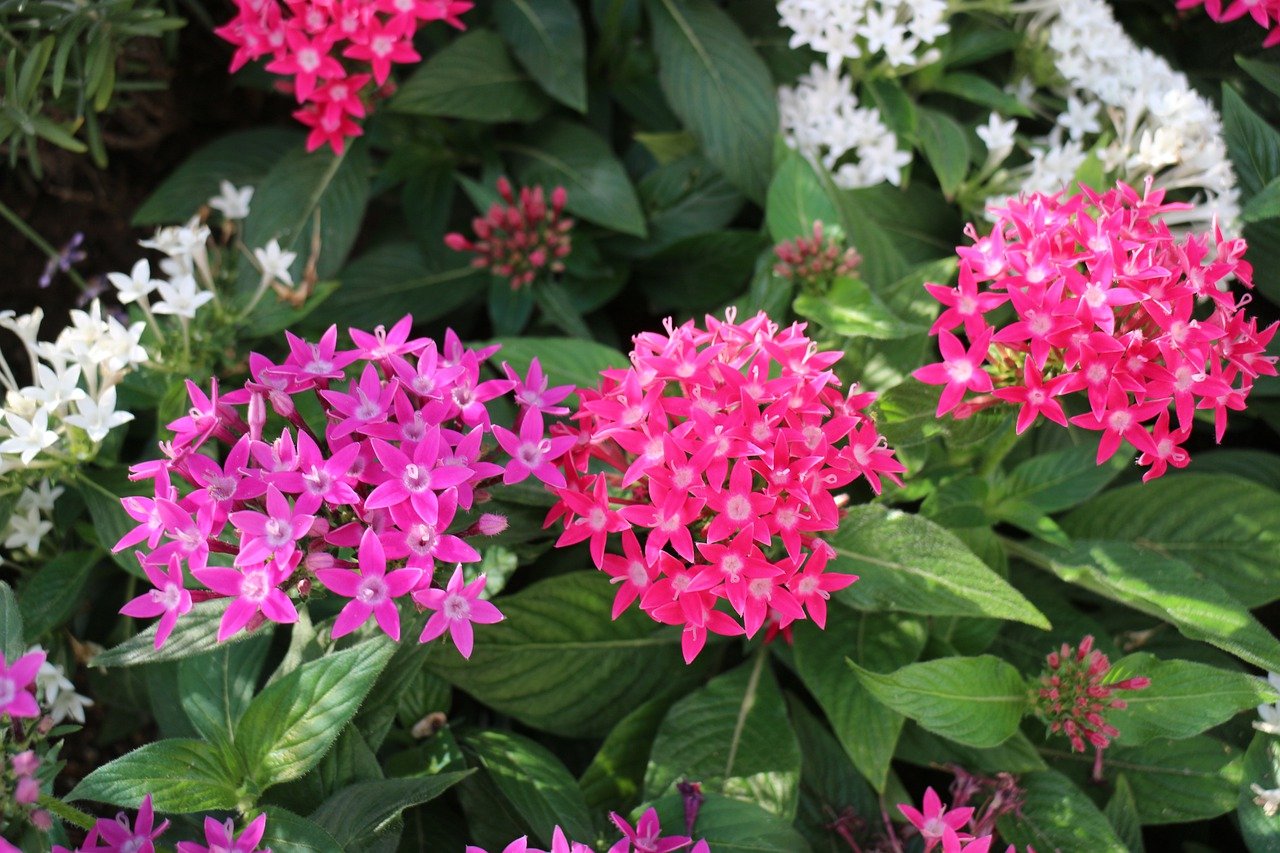With their nectar-rich, long-lasting blooms, the various species of Verbena are excellent for attracting beneficial pollinators to the garden. There’s a wide range, including the tall and striking Verbena bonariensis, ideal for adding structure to borders, and the low-growing Verbena rigida, perfect for containers and hanging baskets. In this guide, we’ll take a closer look at the different varieties and how to care for this charming plant.
Table of Contents
ToggleWhat You’ll Need to Grow Verbena
Always wear gloves when handling seeds, plants, and compost. Verbena can be grown from seeds, stem cuttings, or young plug plants purchased from a trusted supplier.
If you’re starting Verbena from seed, you’ll need:
- A seed tray
- Seed-starting compost
- A watering can
- Verbena seeds
- A propagator (needed for indoor sowing in March–April; not required for direct outdoor sowing from May onwards)
- If you’re planting ready-grown Verbena outdoors, you’ll need:
- A garden spade or hand trowel (for planting directly in the ground)
- A container (if growing in pots)
- A watering can
- Verbena plants
- Compost
- Concentrated liquid plant feed
Where to Plant Verbena
When scattered through garden borders, tall verbena varieties create a beautiful, airy effect. Dwarf forms of the same plants are ideal for containers or edging the border’s front. Trailing types are especially suited for hanging baskets and pots. While the flowers are most often purple, they can also appear in white, pink, and red. All of these pair beautifully with silver-grey foliage plants and blend nicely with ornamental grasses.
When to Plant Verbena
Start sowing seeds indoors in trays with a propagator from March to April. Seeds can also be sown directly into their final spot outdoors between May and June, once the danger of frost has completely passed. Transplant young plants outside beginning in May.
How to Sow Verbena
Fill a seed tray with seed-starting compost and water it thoroughly using a watering can fitted with a fine rose. Scatter the seeds on the surface of the compost. Only cover the seeds lightly if the specific variety requires it. Always check the seed packet, as instructions can vary between types.
Once your verbena plants are established outdoors, enrich the soil with plenty of compost and continue to feed them regularly with a liquid plant fertilizer.
How to Care for Verbena
Care for Verbena is typically a low-maintenance and easygoing task.
Light, Water, and Temperature
Verbena can thrive in full sun or partial shade and is quite drought-tolerant, though it prefers steady moisture. Containers and hanging baskets can dry quickly, so be sure to water them regularly during dry spells. Perennial varieties can withstand frost, with the tops dying back in late autumn but regrowing in the spring. While many verbena plants will self-seed and their seedlings will sprout even if the parent plant doesn’t survive, annual Verbena won’t make it through harsh winter conditions and will need to be replanted each year.
Soil and Feeding
Verbena thrives in neutral, well-drained soil. When planting, mix compost with organic plant food. To keep your plants healthy, feed them monthly with All Purpose Concentrated Liquid Plant Food.
Deadheading and Pruning
Deadhead verbena is when you remove any spent flower heads once they have finished blooming unless you plan to collect seeds for sowing. For perennial varieties, cut back all old, dead growth to ground level in March once new shoots appear. Pinch the growing tips of both annual and perennial verbena types when they begin to grow to encourage bushier, fuller plants.
Common Pests and Diseases for Verbena
Verbena is susceptible to powdery mildew and may attract common insect pests, but these issues usually aren’t fatal to the plants. The primary insect pests include aphids, mites, leafminers, thrips, and scale insects.
To minimize the chances of powdery mildew, water at ground level instead of using overhead watering. Providing ample space between plants to improve air circulation will also help minimize the risk of fungal infections.
Frequently Asked Questions
Does Verbena self-seed?
Yes, Verbena does self-seed. Verbena bonariensis is primarily known for spreading its seeds throughout the garden, ensuring a steady supply of new plants. To prevent this, simply remove the spent flowerheads. However, if you have the space, allow them to seed naturally, and you can transplant the small seedlings or share them with friends and family.
Is lemon beebrush a type of Verbena?
Lemon verbena is related to Verbena but belongs to a different genus. It shares a similar flower spike and is often grown as an herb, typically used in making herbal teas.
How tall does Verbena grow?
Some varieties of Verbena can reach up to 2 meters (6 feet) in height, while others are bred for their trailing nature and tend to be much shorter.

